A new study shows that Australian opera has a legacy of gender inequality. So what’s next? Caitlin Vincent discusses the issue with Jo Davies, the new Artistic Director of Opera Australia, and stage director Lindy Hume, who has run two opera companies.
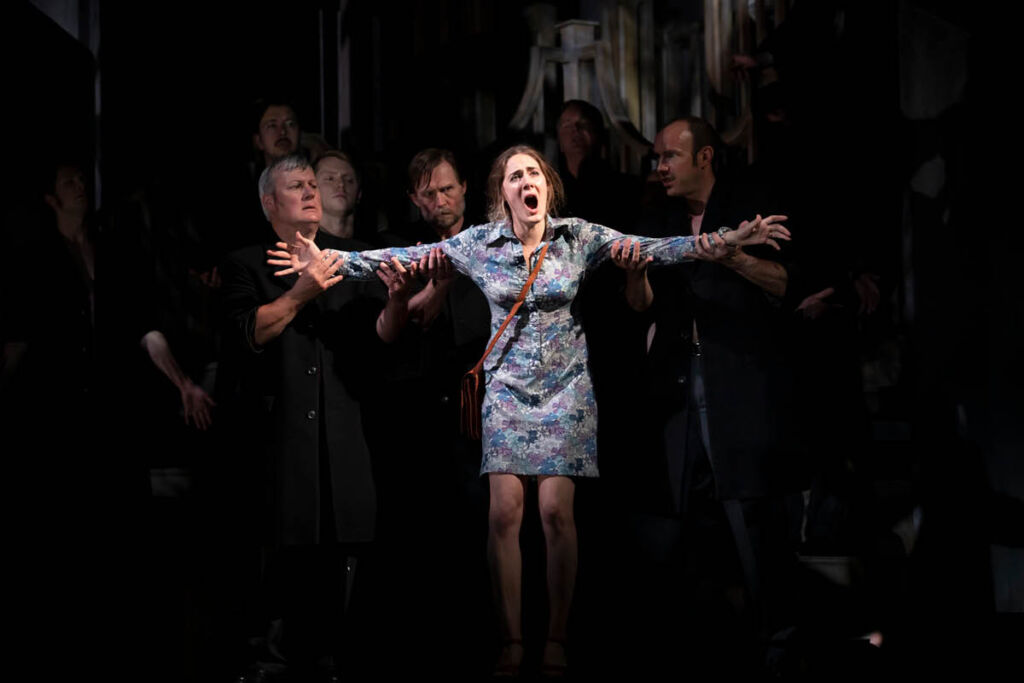
Questions of diversity and inclusion are increasingly shaping the way we think about the cultural sector. Alongside the rise of social movements like #MeToo and #BlackLivesMatter, sectors across the arts have faced growing scrutiny of their artistic operations. Whose stories are being told, and importantly, who is telling them?
Opera is no stranger to controversy when it comes to representation both on and off the stage. In 2018, arts journalist Cassie Tongue highlighted the glaring lack of women stage directors in Opera Australia’s season announcement, noting that “there are more men named David (or Davide) than women directing opera . . .”
The sector has also been roiled with recent disputes over casting; in 2019, Opera Australia drew criticism for its decision to cast a white soprano as the Puerto Rican ingénue Maria in its Handa Opera on Sydney Harbour production of West Side Story, and in 2021, Victorian Opera was forced to apologise for the lack of performer diversity in its production of The Who’s Tommy. Meanwhile, opera companies both in Australia and overseas have been condemned for using traditional staging practices like blackface and yellowface.
There is growing recognition that the opera industry is out of touch with contemporary social norms, particularly around race and gender. In 2019, Australian practitioners Sally Blackwood, Liza Lim, Peggy Polias and Bree van Reyk announced a call to action to address opera’s lack of creative diversity and continued reliance on problematic canonical works. The same year, the Australia Council for the Arts (now Creative Australia) held a Gender Equity and Diversity in Opera Summit to discuss the issue.
But change is slow in an art form that carries the weight of a 400-year-old artistic legacy. The COVID-19 pandemic and lockdowns of 2020 and 2021 also had a negative impact on efforts to drive progress. Reeling from widespread cancellations and lost ticket venue, opera companies needed to focus on financial survival rather than building a more inclusive sector.
Another major obstacle has been a lack of data. We’ve known anecdotally that opera is dominated by white men, but we haven’t known the scope or scale of the disparity. This poses a challenge when trying to address inequality and exclusion, both at the level of individual opera companies and at the level of government policy. Put simply, we don’t know what we don’t know.
In 2021, I decided to tackle this dearth of data through my research at the University of Melbourne. With colleagues Bronwyn Coate from RMIT University and Katya Johanson from Edith Cowan University, I examined the five largest opera companies in Australia – Opera Australia, Opera Queensland, State Opera South Australia, Victorian Opera and West Australian Opera – with the aim of quantifying women’s actual representation in production roles.
While these opera companies are not the only ones operating in Australia, they are the most prestigious and set an example of practice for other smaller companies. Perhaps most importantly, they also receive far more public funding than Australia’s other opera companies combined.
In order to track women’s representation across these five companies, we examined the credits for all staged productions presented between 2005 and 2020. We identified which practitioners were credited in five key creative roles – conductor, stage director, set designer, costume designer and lighting designer – as well as their self-identified gender profile. We also looked at which practitioners were credited on which kinds of repertoire, including canonical operas, less popular works from the 19th century and earlier, modern operas from the 20th and 21st centuries, as well as musical theatre. Finally, we evaluated trends over the 16 seasons and whether women’s representation appeared to be improving over time.
We released the results in a report called Risky business: policy legacy and gender inequality in Australian opera production, published online in August by the International Journal of Cultural Policy.

What we found wasn’t unexpected. Yet, it was still jarring to see the extent to which women have been historically excluded from production roles at Australia’s largest companies.
The widest gender gap was in the role of conductor. Across the five companies, men held 95 percent of conducting credits. Opera Australia credited women conductors less than three percent of the time. State Opera South Australia did not credit a single woman conductor over the 16 seasons.
Women also saw low representation as stage directors. Across the five companies, men held 76 percent of all directing credits. Opera Australia and State Opera South Australia again saw even lower percentages, crediting women just 19 percent and 17 percent of the time, respectively. Men similarly dominated as both set designers (79 percent of credits) and lighting designers (91 percent of credits). Across our study, women only saw equal representation in the role of costume designer, a position often considered ‘women’s work’.
Repertoire was an important factor in how women were represented. In general, women saw significantly lower representation as conductors, directors and designers when only canonical operas were considered. These works, which include heavy hitters like Puccini’s La bohème and Bizet’s Carmen, are reliably popular with audiences and frequently programmed and revived by companies. The drop in women’s representation was particularly striking in the role of conductor, with women holding less than one percent of conducting credits on canonical operas.
Instead, women were much more likely to be credited on modern operas, works that are higher risk in terms of audience appeal and are thus programmed far less frequently. Women held almost 11 percent of conducting credits for modern works and 30 percent of directing credits – their highest representation in any repertoire category.
Our study also showed that women’s representation didn’t significantly improve from 2005 to 2020. At Opera Australia, for example, women held roughly four percent of conducting credits in both the first five seasons of our evaluation, as well as in the last five seasons. At Opera Australia, Opera Queensland and State Opera South Australia, women’s representation as directors actually decreased over the past 10 years. In fact, the only major increase in women’s representation across the five companies was in the feminised role of costume designer.
There’s no question that Australia’s largest opera companies have a grim legacy in terms of gender inequality. And in this, Australia is certainly not alone. Statistics from the largest opera companies in the UK and the US show striking similarities in terms of women’s representation (or lack thereof), particularly in the artistic leadership roles of conductor and director. But the Australian industry now has an opportunity to shift its gender balance.
Following a series of artistic upheavals, new artistic directors have taken the reins at three of the five companies, starting in October 2023. Following the departure of composer and conductor Richard Mills, Victorian Opera is now led by Stuart Maunder, the former General Director of New Zealand Opera (2014–2018) and former Artistic Director of State Opera South Australia (2018–2023).
Australian-Chinese conductor Dane Lam has stepped into the role at State Opera South Australia, which he will manage alongside his existing positions as the Music Director of the Hawai‘i Symphony Orchestra and the Principal Conductor and Artistic Director of China’s Xi’an Symphony Orchestra.
Speaking to Limelight when he was appointed in September, Lam was asked about the gender imbalance in opera and said, “I believe fervently that what we see on stage should reflect the diversity of our communities. Without giving too much away before the season announcements, we at State Opera are committed to bringing the diversity of modern Australia to our stage and I promise that this new season will include a range of brilliant and talented women, including women conductors.”
Perhaps the most anticipated appointment, however, is at Opera Australia, where Welsh-born stage director Jo Davies will become the first woman to hold the role of Artistic Director in the history of the company. She takes up the position officially at the end of November.

In September, I discussed the findings of my study with Davies and talked about her plans for addressing women’s representation at the national flagship company. I also spoke with stage director Lindy Hume, who has held major leadership roles at arts organisations throughout Australia, including working as Artistic Director of Opera Queensland (2012–2017) and Artistic Director of West Australian Opera (1992–1996).
Both Davies and Hume admitted they’re tired of talking about gender inequality in opera.
“It’s difficult to still be having the conversation I was having 20 or 30 years ago,” said Davies. “But we need to have it. Because if we don’t keep naming things and articulating the challenge, then nothing will change.”
Hume agreed, remembering the frustration she felt during the early stages of her career as an opera director. “It was obvious that the jobs weren’t coming to women, that I was being overlooked,” she explained. “I took it personally. But then I realised it was a structural problem and started to ask, ‘How do we deal with this?’”
Both pointed to opera’s culture as a boy’s club as a major barrier to women’s representation. “There’s sometimes been a sense that there’s only limited space for women at the table,” said Davies, noting she has been frequently labelled a ‘female director,’ particularly by the press. “Oddly, you never read about a ‘male director.’ It’s just director.”
Hume recalled a public statement by a high-profile artistic director in Australia who said that women directors could only be hired on merit. “The implication was that women directors had less merit than men in the same situation,” she said. “I did see red when I heard that comment, because I knew that’s not how it works. I had seen enough networking situations and huddles of powerful men to know that if you’re not in those huddles, you weren’t going to be chosen for things.”
Davies suggested that perceptions of risk are also a factor in women’s low representation. “A really big question in our industry is how much creative risk-taking is actually happening at the moment, especially post COVID,” she said. “The notion of having someone that’s a safe bet can perpetuate the male domination of a sector if that’s what was there before, because you’re doing what’s established and safe. So, you’re replicating that pattern.”
Hume agreed: “It’s about which pair of hands can handle this very big responsibility and very big budget. If it’s a show that you’re going to keep for 15 years, there’s an economic dimension to the choice of creative team for works of scale and longevity. So, if you’ve never seen a woman directing at scale, how can you make that choice? Especially when you have a wall of male creatives who have done exactly the kind of work you need.”
Both Davies and Hume highlighted the importance of training and developing women practitioners to work in opera as a way of mitigating this perceived risk. To begin with, it’s a question of learning how to manage the intricacies of such a large-scale art form.
“It’s a different thing to direct a play in a small or even a big theatre company and then step onto an operatic stage,” said Davies. “Many times, you’re suddenly dealing with a chorus of 30 to 50 people that you’ve never had to deal with in theatre. It’s a very different arena.”
It’s also important for women to establish a professional track record, not only to prove they can “handle a big Puccini or an epic Verdi chorus opera,” according to Hume, but so they can become more visible to those making hiring decisions at companies.
Davies framed her role as OA’s Artistic Director as being key to developing this kind of pipeline for women conductors and directors. “A big part of the job for me is to provide as many opportunities as possible for brilliant women to be involved in the work of Opera Australia,” she said. “That’s how you ensure a legacy keeps progressing, keeps moving forward. You prove that these talented women are a brilliant, innovative pair of hands for creative productions. Then in five years’ time, they become the new safe bet.”
Hume concurred that artistic directors have an obligation to cultivate new practitioners. “You have to do the research and keep an eye on who is out there. You need to do the structural work of creating pathways. And if you genuinely can’t find someone to give you a balance of men and women, then you need to work out how you’re going to find them in the next three to five years. You need to identify the next generation and get them there.”
“It’s not easy to choose people, but that’s the job,” Hume continued. “The job is to move the artform forward and take the audience with you.”
Davies expressed confidence in her ability to drive change at OA. “For 2024, I have been really active in my attempt to bring in more female creatives. We’ve shifted from roughly three percent female conductors to 30 percent; from eight percent women creatives to 36 percent. We’re not where we need to be, but we’ve started moving in the right direction. All I can ask at the moment is to shift the dial.”

At the time of writing, details of Davies’ 2024 season were still embargoed, but the program includes three women conductors, two women directors and a contemporary opera by a woman composer.
Hume’s 2024 Sydney Summer Season, programmed for OA ahead of Davies’ arrival, features a relatively high percentage of women. There are five productions. Among these, La Traviata is conducted by Jessica Cottis and directed by Sarah Giles; The Magic Flute is conducted by Teresa Riveiro Böhm and directed by Kate Gaul, with Hume as associate director; while Hume directs Idomeneo and realises Theodora in Concert.
Davies acknowledged that Opera Australia does have a responsibility to the wider sector when it comes to addressing various forms of inequality. “When you are leading organisations of this scale, you have both a national and an international cultural and social responsibility. You can’t stick your head in the sand about any of these things.”
In addition to increasing the number of women conductors and directors represented in OA’s programming, Davies is looking at representation within creative teams.
“Ideally, it would be great to see teams with a 50/50 split, and that’s what I try to aim for in my own work. It’s also about having the discussion and asking directors to be aware if they’ve put together an all-male team. If there is a solid argument for why they need or want to choose those creatives, that’s fine,” she said. “But my experience has been that the moment you ask people to really think about the question, they come back with really positive responses about women who could do the job equally well.”
Hume was also optimistic about the future for women in Australian opera. “We have to go through a period where space is being made for women as a rule, as a matter of course. We’re not at an equal place, but I can see it getting better. Now we have the data. And people are poised to respond to it.”




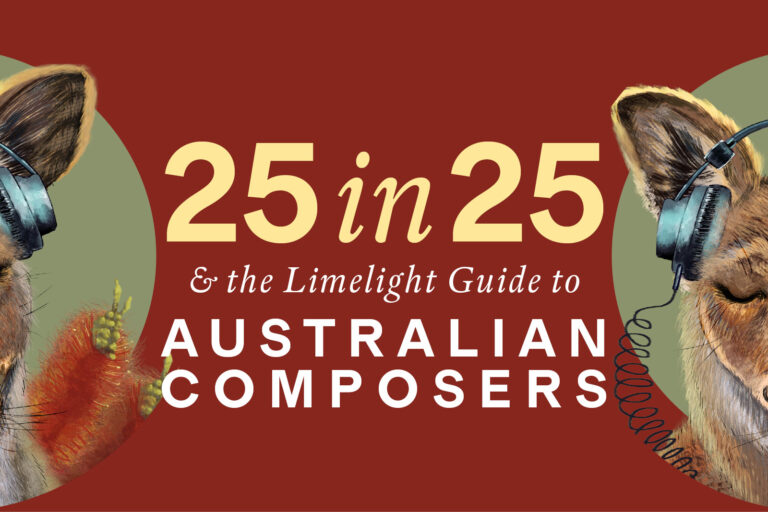

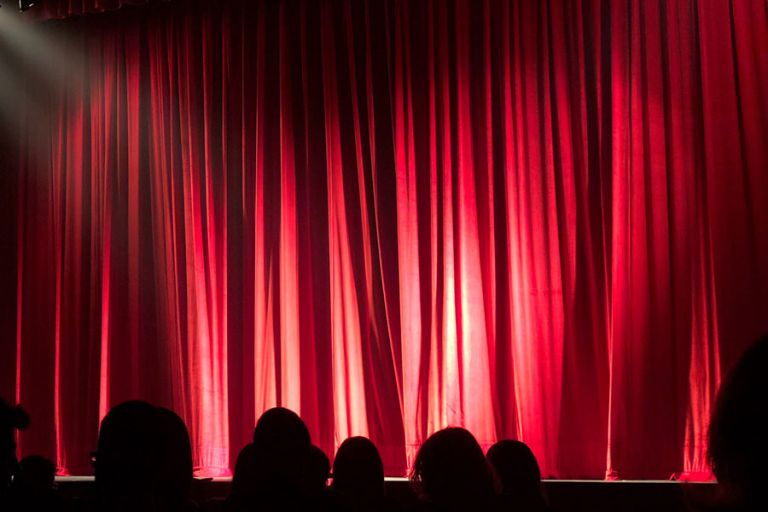

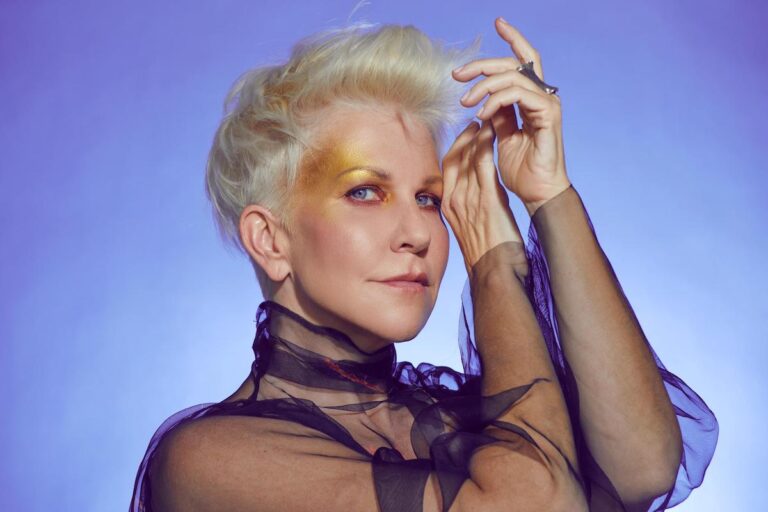

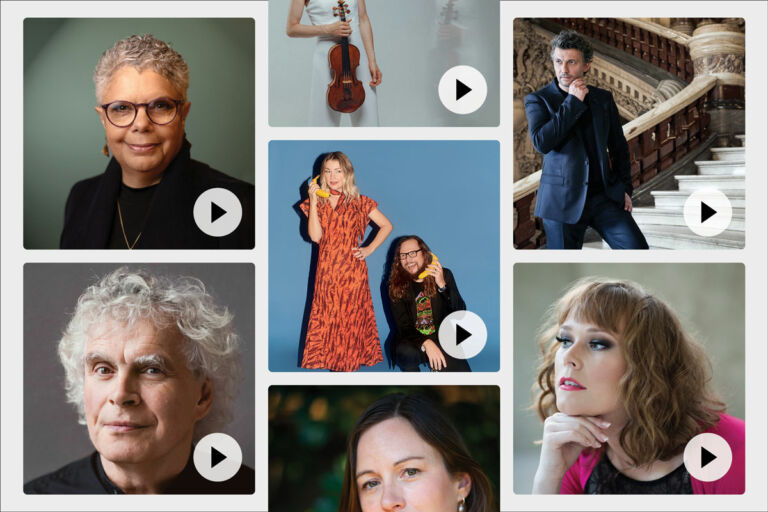

Comments
Log in to join the conversation.